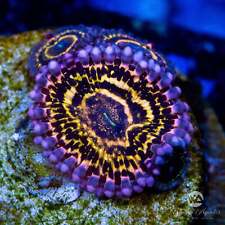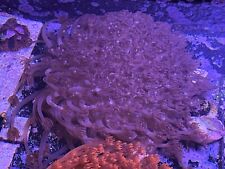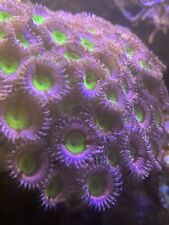How Serious is Intervertebral Disk Disease for Dogs?

How Serious is Intervertebral Disk Disease for Dogs?

Intervertebral Disk Disease
What is it?
The invertebral disks rest between the spine’s vertebrae, and act as shock absorbers to help minimize the forces placed on the backbone. Each one has two parts – an exterior fibrous covering, and an interior portion which is more gelatinous.
Over time, the disks lose their ability to withstand compression and forces placed on them as their water content is reduced. An excess of force causes them to squeeze, and expand or rupture. The disk can extrude into the spinal canal, where the spinal cord is found. In fact, the problem can occur in any part of the spinal cord.
When the intervertebral disks become damaged, this is called intervertebral disk disease – or simply disk disease, or a slipped disk.
Which Animals Get It?
The problem is most often seen in canines – cats rarely get disk disease.
Dachshunds seem predisposed to this problem, as their disk seem to age or degenerate more quickly than those of other breeds.
Although dogs younger than a year old are rarely affected, young to middle-aged dogs seem most susceptible to disk disease. Most are between three and seven years of age. Very old animals sometimes show signs of the condition.
Symptoms of Disk Disease
The greater the damage to the spinal cord, the more extensive the clinical signs of this problem. Signs range from moving with great pain to not being able to move at all.
Pinch your pet’s toes and see if they respond by barking or biting, showing they are in pain.
If the animal has no feeling in their legs, there’s around a 50% chance they may not walk again. If there is still some feeling in the limbs, even if there is no movement, there is a better chance – around 75% – that, following surgery, your pet will be able to walk again.
This disease can take hold very quickly, or within hours. Your dog may just lie around for a few days, and you may not even be aware there is a problem.
Diagnosis of Disk Disease
At first, the clinical signs of disk disease are used to diagnose it. A special X-ray known as a myelogram can also be done to show that the disk is exerting pressure on the spinal cord.
A spinal tap is followed by the injection of dye to show where the damage has occurred – this tells the surgeon exactly where they need to operate.
For these tests, a general anaesthetic is often required, since the animal needs to stay very still for the exams to be performed.
Other techniques which can be used to see the ruptured disk include CT and MRI scans.
If the animal is an at-risk breed and there has been a sudden onset of symptoms without any trauma, there is around a 95% chance that a disc rupture is behind the clinical signs.
Treatment of Disk Disease
Treatment depends on how severely disk disease has affected your pet. Those who are experiencing mild symptoms of the condition – i.e. with some pain or mild weakness but who can still walk – can have their disk disease managed through strict confinement in a cage for a minimum of two weeks.
This will allow for a partially damaged disk to heal. If there is no sign of improvement, surgery should be looked at as an option. Equally, if the dog seems to get worse during its period of confinement, think about surgery sooner.
Anti-inflammatory drugs, pain relievers are also recommended in milder cases.
It is generally recommended that the animal should stay caged for a week or two after the pet is back to normal health.
More severely affected dogs, or those who can’t stand or walk, are considered for an operation. This will take out extruded disk material from the area of the spinal cord, to relieve compression. Surgery will give the animal the best chance of healing, and the sooner it is done, the better the prognosis.
Post-surgical recovery depends on whether or not permanent damage was done before the operation, whether surgery relieved the pressure quickly enough, physical therapy performed at home, and how motivated your dog is. .
However, the good news is also that 95% of degenerated discs heal without surgery, meaning the chance of your dog requiring a second operation is lower than 5%.

Stratosphere Zoa Zoanthid - Live Coral Frag
$632.99
Pink Goniapora long polyps LPS Very Large
$500.00
Japanese Deep Water Neon Weeping Willow Toadstool Leather Soft Coral WYSWYG
$399.99
4” Capsize Japanese Neon Weeping Willow Long Polyp Toadstool Soft Coral WYSWYG
$399.99
Pink Hippo / Chuckies Bride Zoa Frag 3+ Polyp And Small Colony Of 30+
$280.00
Stratosphere zoa single polyp Wysiwyg live coral frag
$250.00
Ultimate Coral Pack 10 Frags Easy, Polyps, Leathers, Zoanthids, Beginner, start
$220.00
DEXTERS DATE ZOA PALYS ZOANTHIDS STARTER COLONY LIVE CORALS LARGE POLYPS RARE
$200.00
$199.99
Exosphere Zoa ( 3 polyps ) Frag Live Coral
$180.00









